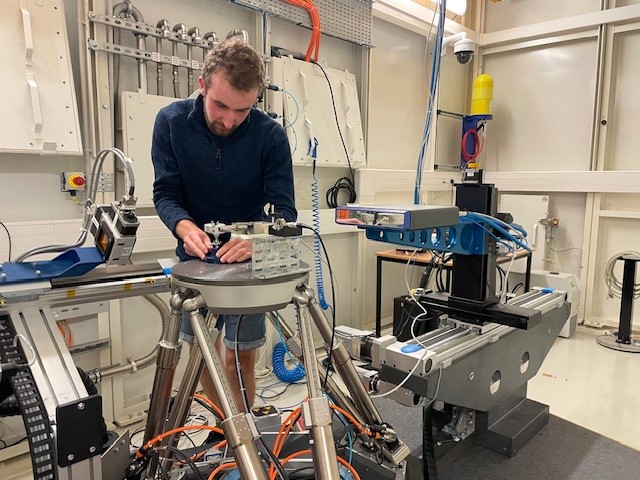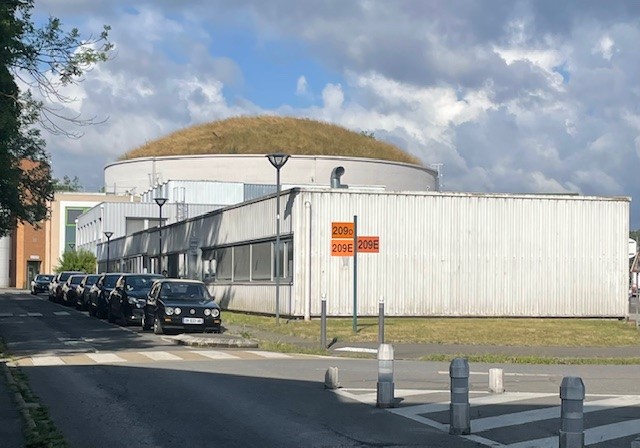The ThomX project, a cutting-edge compact X-ray source based on Inverse Compton scattering, is continuing to push the boundaries of accelerator science at the Irène Joliot-Curie Laboratory of Physics, located on the Paris-Saclay University campus.
This innovative machine generates high-intensity X-ray beams by colliding ultra-fast electron bunches with powerful laser pulses. Its compact, cost-effective design presents an exciting alternative to traditional synchrotron facilities, with the potential to broaden access to advanced X-ray techniques in fields ranging from medical imaging and radiotherapy to cultural heritage preservation and materials science.
Among the first successful experiments at the newly commissioned facility was a project led by ARAMP's Dr. Jenny Spiga. Her team is exploring how ThomX can be harnessed for radiotherapy applications, combining experimental work with computational modelling. PhD student Henry Priestley, who joined the project in January, embraced the rare opportunity to contribute to frontier research so early in his studies.
The experiment's success is a tribute to the exceptional collaboration between engineers, technicians, and accelerator physicists at the facility. Their combined efforts brought together a complex array of technologies, from beam diagnostics to high-precision synchronisation, ensuring everything worked seamlessly.
With the initial data now under analysis, Jenny and the team are already planning the next round of experiments, aiming to build on these early results and unlock new possibilities. Exciting developments lie ahead!

